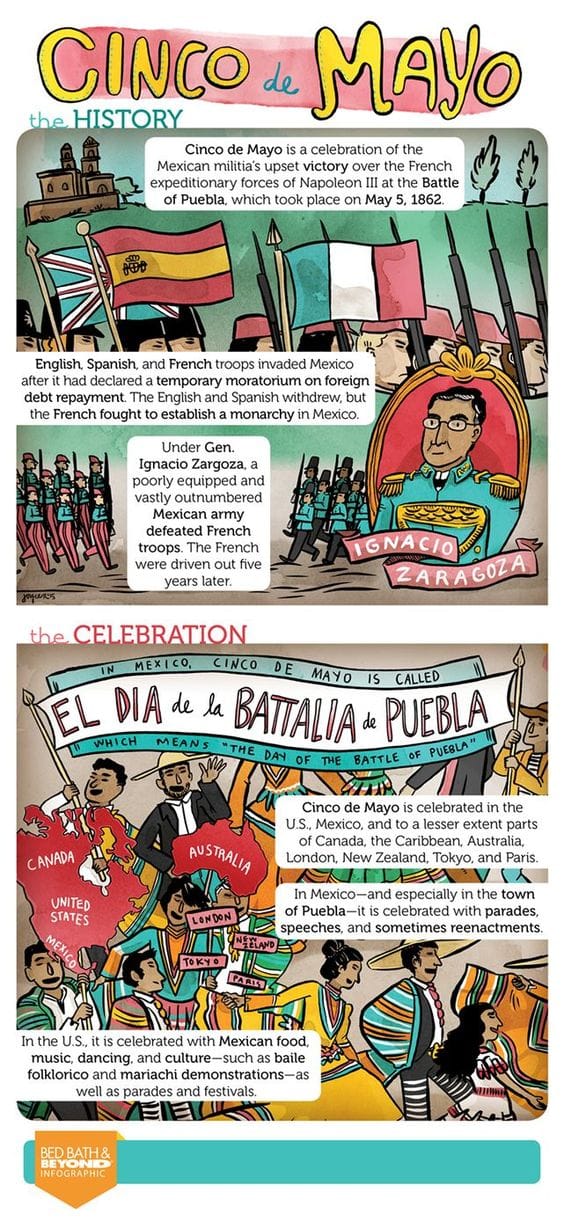STARTBODY
Home > Teach Travel Abroad Tips > Living and Teaching English in Mexico - Habits, Customs & Curiosities
Living and Teaching English in Mexico - Habits, Customs & Curiosities
Mexico has a very strong market for EFL teachers due in part to its close proximity to the United States.
It also makes a great destination for English language teachers as it boasts an incredible array of historic and natural sites, such as the ancient Mayan temples, ruins and pyramids.
Mexico also features stunning beaches and islands, as well as a rich culture with countless annual festivals and celebrations.
If this sounds like somewhere you would like to live and work, take a look at these guides to Mexican travel, culture and cuisine.
When traveling to Mexico, be sure to have a valid passport and a visa (for some countries). It is also recommended to get vaccinations against typhoid and malaria before visiting Mexico.
The Mayan ruins at Chichén Itzá and the eco-archaeological park of Xcaret are both first-class attractions.
The official language is Spanish and the local currency is the Mexican peso. Mexico is a country filled with historical and natural attractions.
You can also witness exciting natural spectacles such as the migrating monarch butterflies at the Reserva Mariposa Monarca or whale watching in Cabo San Lucas.
Mexico not only has delicious food and natural wonders, it also has rich traditions that make it one of the most exciting places to visit in the Americas.
The Cupacabra, for example is a creature said to roam Mexico and kill off livestock, while a Nagual is a shapeshifting witch.
Mexican folklore has a range of mythical beasts, gods and ancient civilizations that have shaped Mexican culture today.
The most important festivals in Mexico are Carnaval, Cinco de Mayo, Independence Day, Cuhauhtemoc (celebrating the birth of the Aztec emperor), Dia De Los Muertos (the Day of the Dead), and Navy day on June 1.
Cinco de Mayo is a celebration of the Mexican militia’s upset victory over the French expeditionary forces of Napoleon III at the Battle of Puebla on May 5, 1862.
The English and Spanish withdrew but the French fought to establish a monarchy in Mexico. Today, Cinco de Mayo is celebrated mostly in the US and Mexico, especially in the town of Puebla.
At the time, English, Spanish and French troops invaded Mexico after it declared a temporary moratorium on foreign debt repayment.
On May 5th, there are countless parades, speeches and sometimes also reenactments.
Mexican cuisine is rich in flavor and ingredients and so much more than just tacos and burritos.
Menudo is a communal soup common at feasts that is also very labor-intensive to make. It consists of beef tripe, lime, onions, cilantro and red chili peppers.
Horchata is another popular milky beverage that is made of white rice, water, vanilla, cinnamon and milk.
Chiles en nogada, for example, is a savory-sweet dish celebrating Mexico’s independence with each color of the flag. It includes poblano chilies, picadillo and a cream sauce called nogada.
One of Mexico’s most popular drinks is tascalate, a sweet and earthy chocolate beverage common in Chiapas. It’s made of tablet chocolate, pine nuts, achiote paste, vanilla and sugar.
ENDBODY






